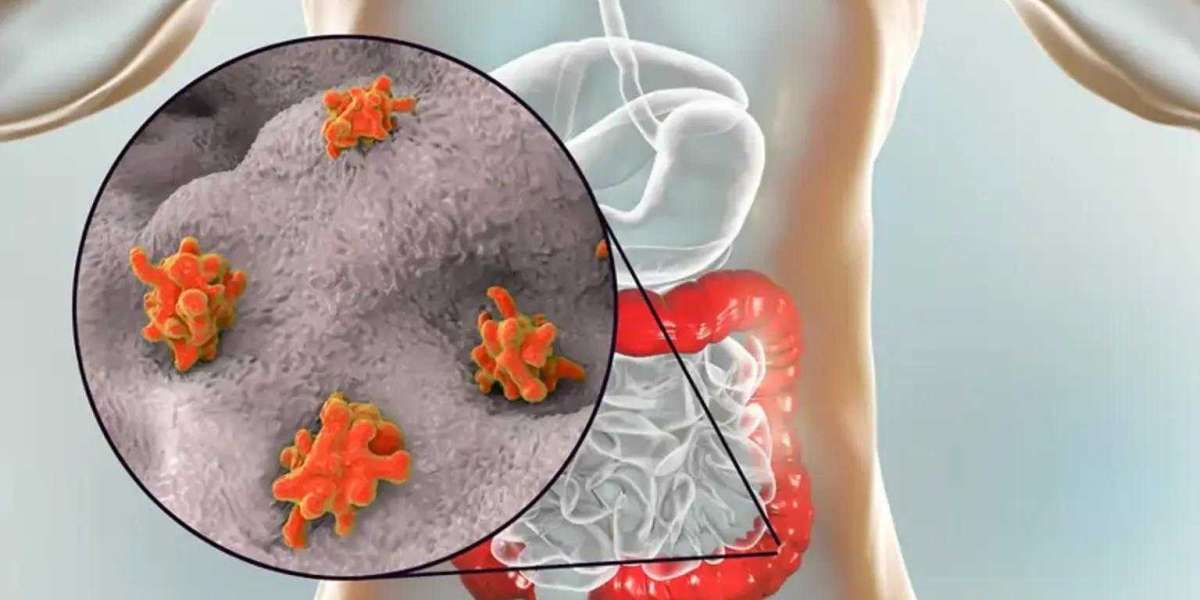Amebiasis is an intestinal infection caused by Entamoeba histolytica, a protozoan parasite that affects millions of people worldwide. The disease primarily spreads through contaminated food and water, leading to symptoms ranging from mild diarrhea to severe dysentery and extraintestinal complications. Understanding the life cycle of E. histolytica is crucial for effective treatment and prevention strategies. One of the commonly prescribed medications for amebiasis is nitazoxanide 500mg, which helps eradicate the parasite.
Life Cycle of Entamoeba histolytica
The life cycle of E. histolytica consists of two main stages the cyst stage and the trophozoite stage. These stages play a critical role in transmission, infection, and disease progression.
1. Cyst Stage The Infectious Form
The cyst is the dormant and infective form of the amoeba. It is characterized by a thick protective wall that enables it to survive harsh environmental conditions, including exposure to stomach acid and disinfectants. Cysts are excreted in the feces of infected individuals and can contaminate water, food, and surfaces.
Once ingested by a new host, the cysts travel through the digestive system, reaching the small intestine. The protective wall of the cyst allows it to withstand stomach acid, ensuring its safe passage to the intestines.
2. Excystation Transition to the Trophozoite Stage
Excystation occurs in the small intestine, where each mature cyst releases four trophozoites. This is a crucial step in the parasite's life cycle, as trophozoites are the active and invasive form responsible for tissue damage and disease symptoms.
3. Trophozoite Stage The Pathogenic Form
Trophozoites are motile, feeding, and dividing forms of E. histolytica. They colonize the large intestine, where they multiply by binary fission. Some trophozoites adhere to the intestinal lining, causing localized inflammation and ulceration. In severe cases, they can invade the bloodstream and spread to other organs, such as the liver, lungs, and brain, leading to life-threatening complications.
4. Encystation Preparation for Transmission
As trophozoites continue their life cycle, some undergo encystation, reverting to cysts. This transformation occurs in the large intestine when environmental conditions, such as nutrient depletion and dehydration, trigger the process. The newly formed cysts are then excreted in feces, completing the life cycle and enabling further transmission.
Symptoms of Amebiasis
The symptoms of amebiasis vary depending on the severity of the infection. Common symptoms include
- Diarrhea or dysentery (bloody stools)
- Abdominal pain and cramps
- Fever and fatigue
- Weight loss and dehydration
In severe cases, the infection can spread beyond the intestines, causing liver abscesses, respiratory distress, and neurological complications.
Diagnosis and Treatment
The diagnosis of amebiasis is based on stool examination, serological tests, and imaging studies in cases of extraintestinal infection. Treatment involves the use of antiparasitic medications such as nitazoxanide 500mg, metronidazole, or tinidazole.
Nitazoxanide 500mg A Treatment Option
Nitazoxanide is an effective broad-spectrum antiparasitic medication that inhibits energy production in E. histolytica. The standard dosage for adults is nitazoxanide 500mg taken orally twice daily for three days. It is well-tolerated, with minimal side effects, making it a preferred option for treating intestinal amebiasis.
Prevention Strategies
Preventing amebiasis requires a combination of public health measures and personal hygiene practices
Safe Drinking Water
Boiling or treating water before consumption can eliminate cysts.
Proper Sanitation
Improved sanitation, including proper disposal of human waste, reduces transmission.
Food Safety
Washing fruits and vegetables thoroughly and avoiding raw or undercooked food minimizes the risk.
Hand Hygiene
Washing hands with soap and clean water after using the toilet and before eating helps prevent infection.
Conclusion
The life cycle of Entamoeba histolytica plays a significant role in the transmission and pathogenesis of amebiasis. Understanding its stages helps in devising effective treatment and prevention strategies. Nitazoxanide 500mg is a viable treatment option, ensuring the elimination of the parasite while minimizing side effects. Proper hygiene, sanitation, and public health interventions are crucial in reducing the global burden of amebiasis.







